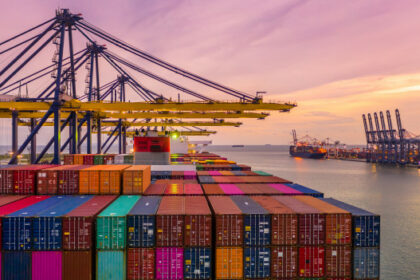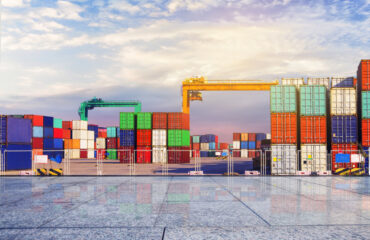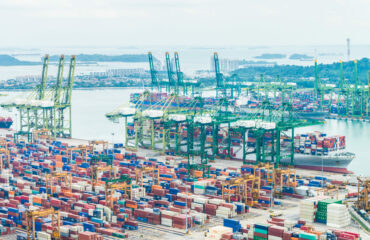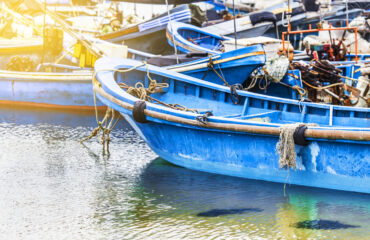
The inherent disadvantage of being an archipelagic country is the high cost of logistics. As a country with 17,000 or so islands, and with industrial activities heavily centralized in certain regions, Indonesia was for a long time no exception, with a lower ranking in the World Bank Logistics Performance Index (LPI) than that of other countries in the Southeast Asia region.
Aware of the need to make a greater effort to bring about efficient logistics and reduce costs linked to the distribution of goods from one region to another, Indonesia introduced a number of initiatives. These included the digitalization of procedures related to international trade, with the Customs Information System and Automation (CEISA) and the Indonesia National Single Window (INSW) which cover the handling of Customs, licensing, ports/airports, and other documents related to export and import.
However, given the complexity of logistics operations, bottlenecks in both international and domestic trade processes persisted. Analysis revealed repetition and duplication in administrative processes, asymmetric information between logistics service providers (LSPs) and their clients, the lack of an end-to-end logistics platform, and inadequate logistics infrastructure. A breakthrough was urgently needed.
It came on 16 June 2020, when President Joko “Jokowi” Widodo signed Presidential Instruction Number 5 of 2020 to develop a National Logistics Ecosystem (NLE). The project had been conceived by the Directorate General of Customs and Excise under the Ministry of Finance and it will be instrumental in the efforts of the Administration to facilitate trade and build an enabling environment for trade operators.
Sumber dan berita selengkapnya:
National Logistics Ecosystem: Indonesia’s holistic approach to trade facilitation – WCO
Salam,
Divisi Informasi



